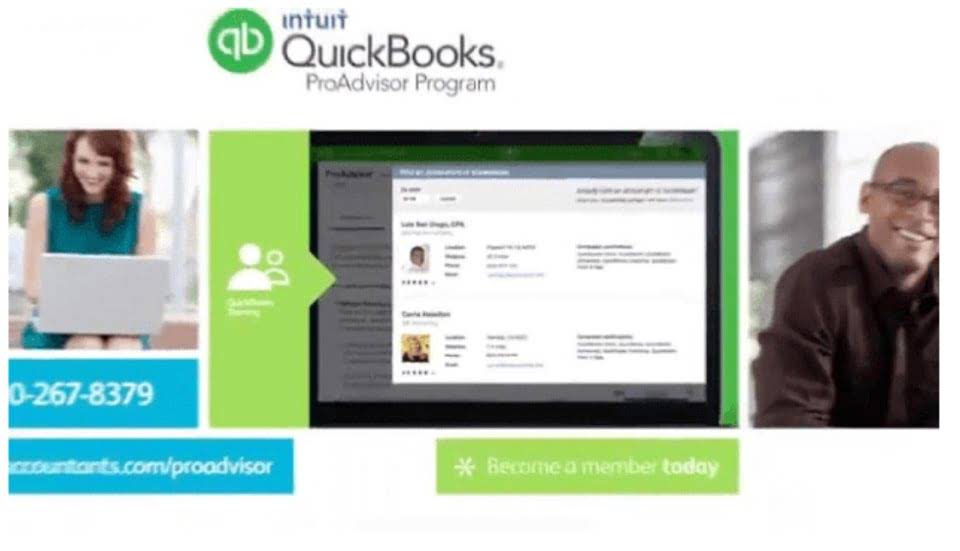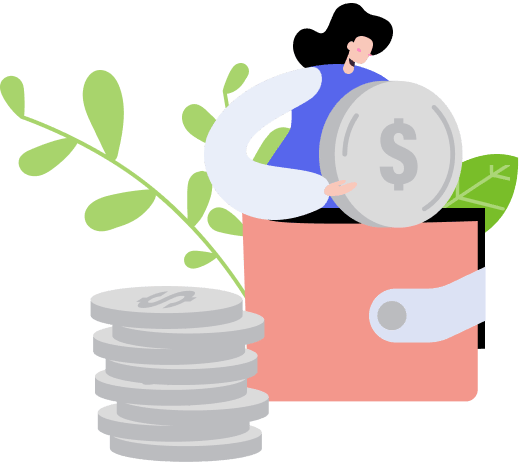Sales Forecasting 101: A Guide to Master Predictability

For example, the forecast might be made based on the intuition of the sales rep or using data and trends fed into artificial intelligence. Once the prediction is generated, the company can use it to plan its production and inventory levels, set sales targets for its sales team, and allocate resources effectively. They can also monitor their sales against the prediction and adjust as needed to improve accuracy. The history of sales forecasting dates back to the early 20th century when businesses started using statistical methods to predict sales. With the advent of technology, sales forecasting has become more sophisticated and accurate, using data analytics and artificial intelligence.
- While there are plenty of analytics solutions on the market, ThoughtSpot provides easy, intuitive access to clean and reliable data.
- However, even in other industries, a time series approach may prove valuable by providing a foundation of baseline trends before integrating more complex sales forecasting methods.
- Learn how to connect your numbers to the most up-to-date opportunity data and ensure your forecast is automated, flexible, and accurate using AI-driven insights.
- It can help you log key insights automatically, track deal risks, and keep your CRM up-to-date.
- Rather than analyzing success rates based on the pipeline stage or the sales rep’s gut feeling, this approach makes assessments based on the age of the deal.
Overweighting the Pipeline

Historical forecasting relies on past sales data to predict future sales performance. It involves analyzing trends, patterns, and outcomes from previous periods to make a sales projection. Forecasting models provide a framework for businesses to forecast future sales based on a variety of factors. There are many different types of forecasting methods that rely on different mathematical techniques and inputs. Learn about the top sales forecasting methods you can use to forecast revenue more accurately. Collaborating closely with your product management and marketing teams to gain early visibility into any competitive planned product changes and their expected market impact.
Historical sales forecasting

Before we get into the different types of sales forecasts organizations usually use only one method for forecasting sales. you can generate, you should understand the difference between top-down and bottom-up forecasts. This method predicts revenue by analyzing the sales pipeline and estimating the likelihood of deals closing. HR might use forecasts to impact hiring decisions, and operations teams might look at forecasts to manage inventory and ensure their supply chain can keep up with expected demand. Segmenting opportunities will give you more accuracy in your length of sales cycle forecasting. Keeping your CRM up-to-date and promoting good data hygiene will help ensure your opportunity stage forecasts are as accurate as they can be.
- Sales forecasting can include predictions of a sales team’s performance, such as the number of sales the team will make or how customers will respond to go-to-market efforts.
- This one’s a doozy, so jump right in to learn all there is to know about sales forecasting.
- This includes weekly projections broken down by product categories and channels.
- This exercise can help that business plan inventory and staffing based on expected customer demand, taking into account anticipated shifts in consumer preferences or trends.
- At best, a forecast is a scientific estimate, but really, a forecast is still just a sophisticated guess.
of the Best Lead Generation Software Tools for Your Business

There are many different types of forecasting methods commonly used by sales and revenue operations teams. The best forecasting method for your sales org will depend on the nature of your business. Below, we’ll share examples of different methods of forecasting, how they work, and what kinds of businesses typically use them. The number one rule of sales forecasting is to use data that’s as accurate as possible.
- Smaller companies with limited resources can use a tool like Microsoft Excel when there are fewer products to track.
- This method helps sales teams and management make informed decisions and allocate resources based on likely outcomes.
- If you don’t adjust your forecasts to reflect shifts in customer demand, competitive pressures, or market conditions, you risk making decisions based on outdated or inaccurate assumptions.
- It considers elements from different sales forecasting methodologies such as opportunity stage forecasting and individual rep performance to create a comprehensive forecast.
Market research, or expectations, involves gathering customer data through surveys, focus groups, and interviews. Using this method can be time-consuming and requires careful management to ensure effective results. Experts respond to questions independently, and their responses are compiled and shared anonymously with the group. This intuitive method uses the judgment of executives and senior managers with extensive market knowledge. Focusing on granular details provides practical insights into different business segments, allowing for better resource allocation and decision-making. It is best to use when you need to understand the logical relationship HOA Accounting between multiple variables and their impact on sales.
Past data forecasting

When an analysis finds no policy impact, it can have varying implications for different groups. Supporters of the policy might be disappointed or frustrated, as they had expected the policy to bring about the desired change. Plea bargaining is a common practice in legal assets = liabilities + equity systems where the defendant agrees to plead guilty to a lesser charge or accept a reduced sentence in exchange for avoiding a trial. It allows for the efficient resolution of cases, reduces the burden on the court system, and provides incentives for defendants to admit their guilt and cooperate with authorities.

